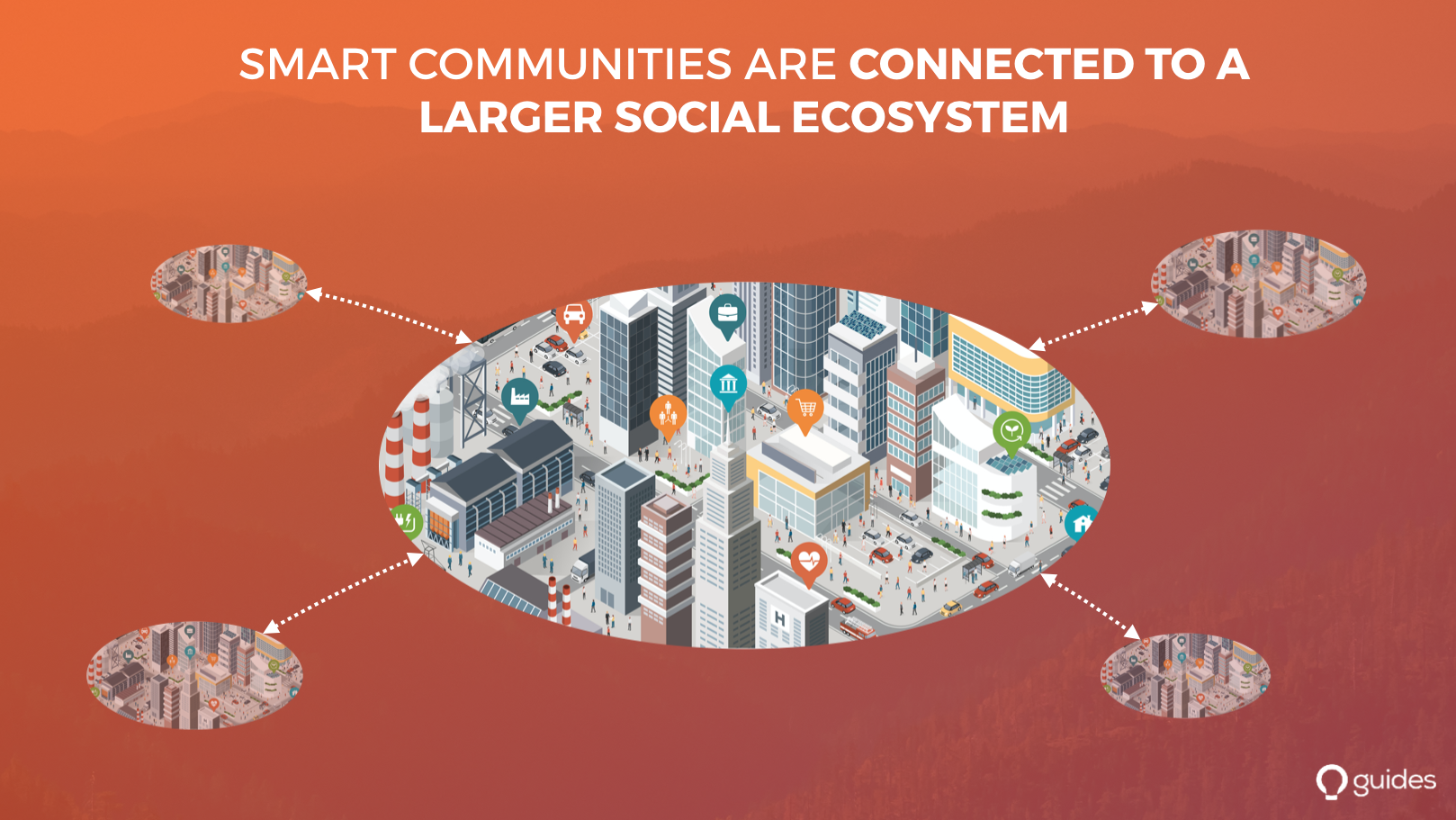Connected Communities

Many municipalities are moving forward with smart city initiatives ranging from wirelessly connecting infrastructure to connected traffic lights that alter timing based on real-time usage. In a knowledge society, creating a "knowledge sharing network" that enables everyone to stay up-to-date and participate in a city's activities and progress is equally important as connecting devices and infrastructure.
A city's knowledge network can connect all stakeholders in a city and their web-based communication channels to enable each organization to curate relevant information for their stakeholders. For example, new health-related information would be posted not only on the city's website, but also on all school, library, hospital, clinic, and local media websites. Similarly, transportation information could be pushed to all stakeholders ranging from police and traffic officers to local community groups, businesses, BIAs, and the tourism bureau. This distributed communication model benefits all stakeholders, but especially citizens who often have to visit multiple websites and sources to find information (example: parents looking for mental health support for their child will likely visit at least the school's, school board's, and community health's websites to find information).
And while a city is an ecosystem, their network would also be connected to a regional and national ecosystem to share knowledge ranging from legal, policy, and compliance changes, disaster management planning, best practices and learning, and new local programs that could be duplicated in other municipalities. This helps municipalities adopt and implement best practices faster while avoiding costly mistakes or "reinventing the wheel".